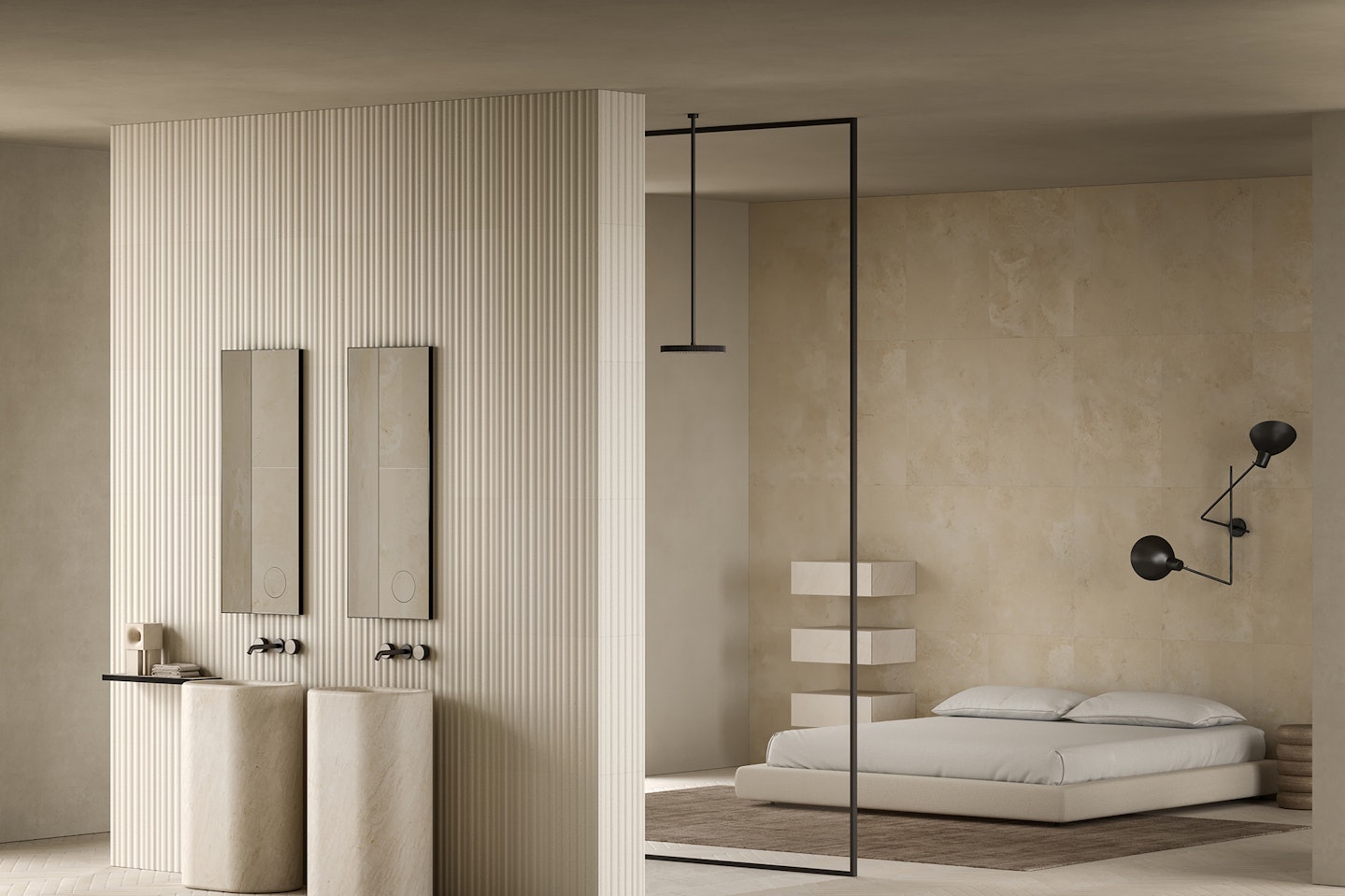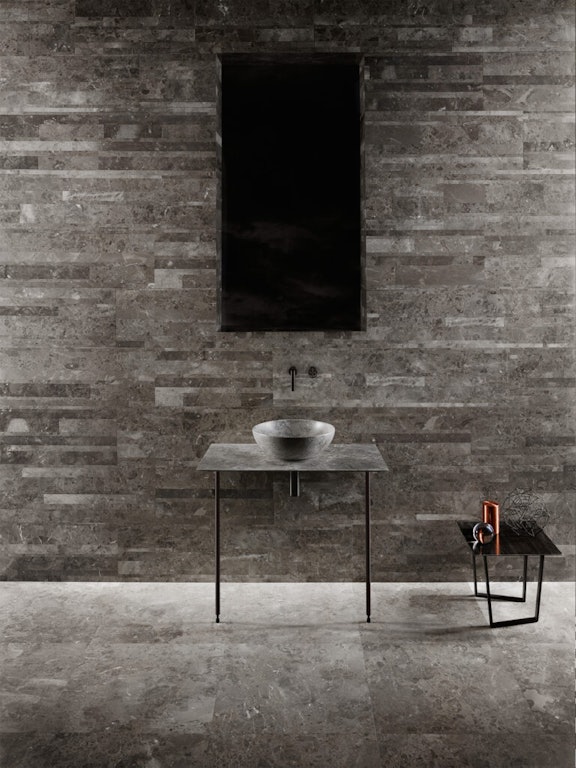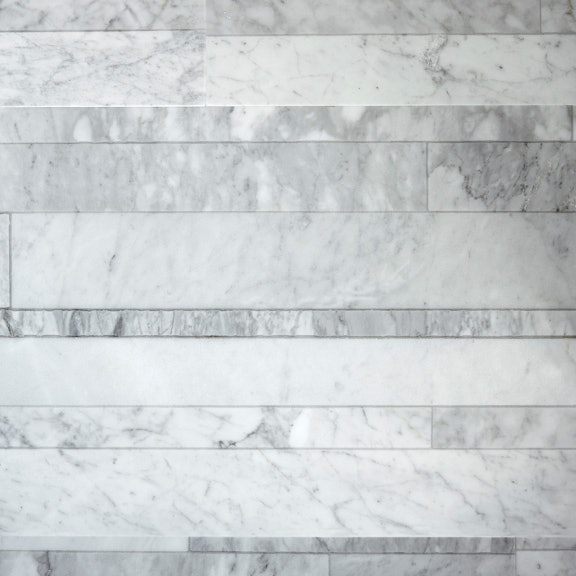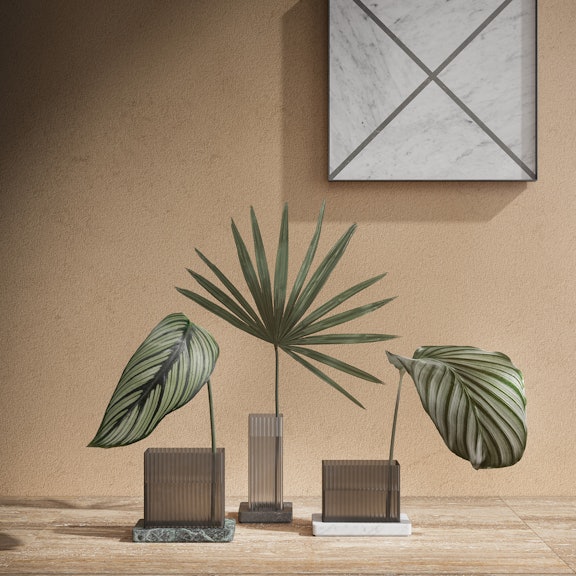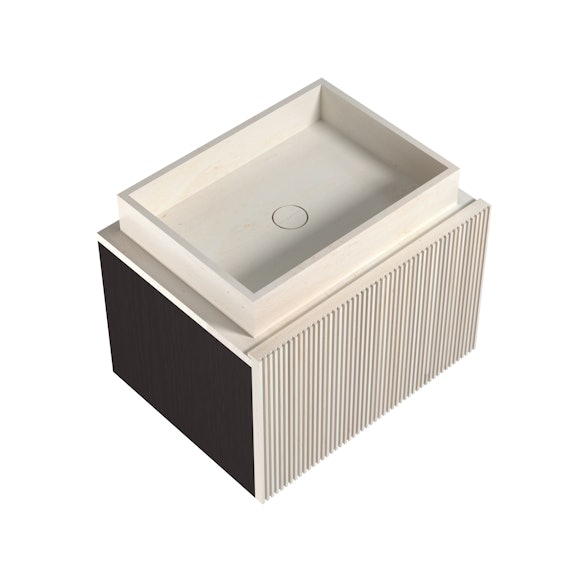The inseparable double act of innovation and design
08.2022
Innovation is the motor that drives change and growth in any sector but how does it apply to design? We take a look at that very topic in this article
Innovation and design
Innovation is the engine that drives every sector, but perhaps it is in design that its function is particularly essential. Everyday objects, architecture, finishes, furniture and accessories must be continuously re-evaluated to keep up with changing technologies and social mores. The role of design is to revisit their aesthetic and even usage to ensure they are relevant with the habits, attitudes and needs of the times.
This post-pandemic moment is a case in point, a period in which the innovations have come thick and fast. If one of the key pillars of design is based on putting people first, this has become even more pronounced over the past few years, with our homes evolving to hybrid places of work and the accelerating emergence of environmental sustainability as a theme.
In this article, we look at the many aspects that link design and innovation.
.jpg?fp-x=0.5&fp-y=0.5&auto=format&w=720&h=540&fm=jpeg&q=70&fit=crop)
Innovative design: solutions and creativity
Innovation could be described as that brilliant lightbulb moment or idea that goes beyond the norm and raises the bar.
Renowned expert on innovation and strategy and a professor Rita Gunther McGrath describes innovation as “something new, that creates value”. Applying this to the world of design, we could say that a creation is innovative not only when it springs from an original idea, but when its objective, the way it is made and the materials it is made from all add value to the object in question.
And in fact, designers of today need to be able to resolve everyday problems in an innovative way that delivers a pleasing aesthetic. If a product simplifies our life, its value lies not only in the artistic vision of its creator, but also in the capacity to come up with different, creative and often surprising solutions.
Such solutions should never disregard the actual design of the object, ie its practical aspects, such as the choice of material or tools used to manufacture it. The real focal point, however, should always be the human being who will use it.
.jpg?fp-x=0.5&fp-y=0.5&auto=format&w=720&h=540&fm=jpeg&q=70&fit=crop)
The human being at the centre of innovation
Design and innovation go hand in hand. By its very nature, design seeks to respond to everchanging needs that the market throws up with its constant succession of new types of behaviour and technologies.
At the heart of all is this is the end consumer. Innovation must put them at the centre of the process by adopting a user-centric approach. It is essential to understand the user’s needs, integrate them into the design process and ensure they are met with the final product. In other words, every phase of the product design process must take into consideration the person who will use it.
This applies for single products and for environments or spaces in which they will be installed, located or used together. This is particularly relevant to the design sector, in terms of furnishing, décor and so on. Exteriors and interiors must be functional yet harmonious, unique and “fit for purpose” in terms of being suited to social changes and the practical and aesthetic requirements of their inhabitants.
Every decade new materials are created, the quantity of raw materials available changes and processing techniques are refined. All of these elements converge as designers draw upon their creativity to come up with ways to make the most of the resources available and invent new solutions.
.jpg?fp-x=0.5&fp-y=0.5&auto=format&w=720&h=540&fm=jpeg&q=70&fit=crop)
Design and innovation in natural stone
While every era is defined by a particular material, there is one that resolutely remains relevant and in fashion. With its incredible aesthetic, hardwearing properties, durability and capacity to retain heat in cool climates and keep spaces cool during the hottest months, it is little wonder that natural stone’s popularity has never wavered throughout the centuries.
While the material remains the same, the ways in which it is used continue to evolve, as tools, techniques, technology and imagination open up new avenues and banish the limitations that designers had to contend with in the past. As an example we need only look at the delicate bowls in Piero Lissoni’s Japanese Collection, where the stone is worked to a thinness that is comparable to the porcelain used by the Japanese for their exquisite creations for thousands of years. This collection contains all the ingredients of ingenious innovation, where traditional paradigms are revisited, the conventional material is replaced and we end up with a new product and new way to use it.
To put it another way, the designer has drawn on new stone processing techniques to push his creativity. And of course, if a product wants to be relevant to the demands of today’s world and consumers, innovation must find the best way to attract attention and surprise and delight us. The ideal strategy is to employ methods that bring together the past, present and future, to come up with solutions that hit the bullseye and are in line with current issues and themes.
_pda.jpg?fp-x=0.5&fp-y=0.5&auto=format&w=720&h=540&fm=jpeg&q=70&fit=crop)
Innovative design and the environment
As we noted above, sustainability is becoming a key innovation driver, in fact it is an issue that cannot be ignored. Innovative design now must be as green as possible, which is something that must be taken into consideration at every stage of the production process.
If we think about design innovation, ie the process that leads to designing the ultimate product by taking into account how it will be used, its feasibility and market appeal, it is clear that we cannot separate sustainability. This not only includes optimising materials but also ensuring it is interesting to the public.
These considerations are behind the development of Lithoverde®, a texture invented by our CEO Gabriele Salvatori in 2010. His idea was to make use of the enormous amount of stone offcuts that were generated during production. He came up with a way to give new life to these pieces of unwanted but beautiful natural stone by piecing them together with a soy-based resin to create new blocks. The result is an innovative and unique texture that is 99% made of recycled stone and demonstrates that sustainability and aesthetics can coexist.
Design is a discipline in which innovation is perhaps more intrinsic than many others, as it harnesses technological and social evolutions to respond to the needs of clients. Among these needs, perhaps the most pressing in recent times is sustainability, an issue that is particularly dear to Salvatori. We have touched on two examples in this article, but they represent the tip of the iceberg. If you would like to discover more products that combine Made in Italy quality and flair with an environmentally-respect approach, we invite you browse our site or get in touch. We’d love to hear from you.
